Dog urine and grass...
greenjeans_il
16 years ago
Related Stories

BATHROOM DESIGNShould You Install a Urinal at Home?
Wall-mounted pit stops are handy in more than just man caves — and they can look better than you might think
Full Story
LANDSCAPE DESIGNIs It Time to Consider Fake Grass?
With more realistic-looking options than ever, synthetic turf can be a boon. Find the benefits and an installation how-to here
Full Story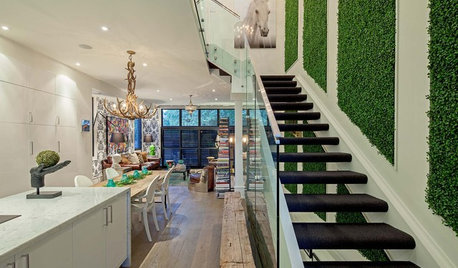
DECORATING GUIDESGo for the Green: Artificial Grass Surprises, Inside and Out
Synthetic turf springs up on patios, living rooms, furniture and walls. Basement golf, anyone?
Full Story
GARDENING GUIDESGreat Design Plant: Purple Needle Grass, California’s State Grass
The long-lived, drought-tolerant Stipa pulchra is as admired for its benefits as for its good looks
Full Story
PETS6 Ways to Help Your Dog and Landscape Play Nicely Together
Keep your prized plantings intact and your dog happy too, with this wisdom from an expert gardener and dog guardian
Full Story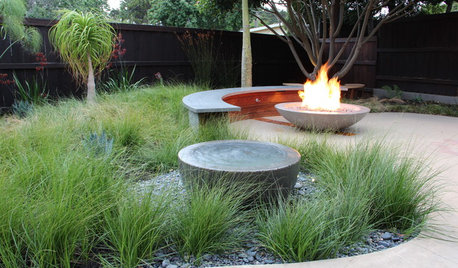
LANDSCAPE DESIGNEnergize Your Landscape With Masses of Grasses
Create year-round interest with waves of attention-getting grasses for all kinds of yards
Full Story
CENTRAL PLAINS NATIVE PLANTS10 Top Grasses for the Central Plains
Low-maintenance grasses provide seasonal interest and wildlife habitat, and aid good design
Full Story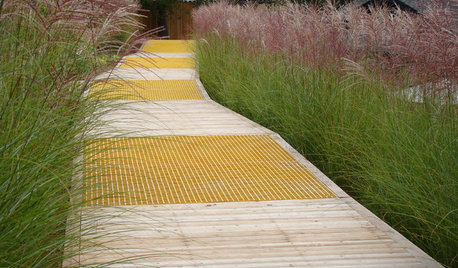
GARDENING AND LANDSCAPINGOld School Green Design: Add Texture With Grass
Ornamental grasses capture the breeze and ripple like water in the landscape
Full Story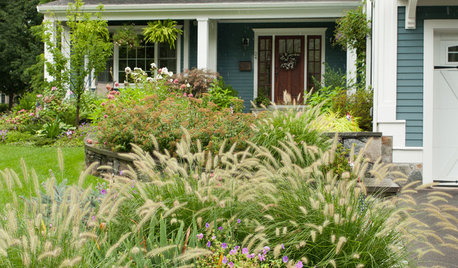
LANDSCAPE DESIGNGreat Design Plant: Lively Fountain Grass Thrives Just About Anywhere
Enjoy fountain grass for its exuberant form, long-lasting color and texture for borders and more
Full Story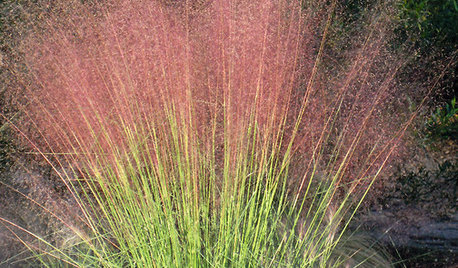
SUMMER GARDENINGGreat Design Plant: Pink Muhly Grass
Bring billowing clouds of pink to your yard with this heat-tolerant, sun-loving ornamental grass
Full Story





kelleynelson
greenjeans_ilOriginal Author
Related Professionals
Westwood Landscape Contractors · Lake Zurich Landscape Contractors · Mastic Beach Landscape Contractors · Mount Sinai Landscape Contractors · Pueblo West Landscape Contractors · Southbury Landscape Contractors · Brenham Swimming Pool Builders · Buena Park Swimming Pool Builders · Glenn Heights Swimming Pool Builders · Manassas Swimming Pool Builders · Cockeysville Fence Contractors · Folsom Fence Contractors · Oro Valley Fence Contractors · The Villages Fence Contractors · Wauconda Fence Contractorskelleynelson
deerslayer
dchall_san_antonio
whip1 Zone 5 NE Ohio
dchall_san_antonio
deerslayer
whip1 Zone 5 NE Ohio